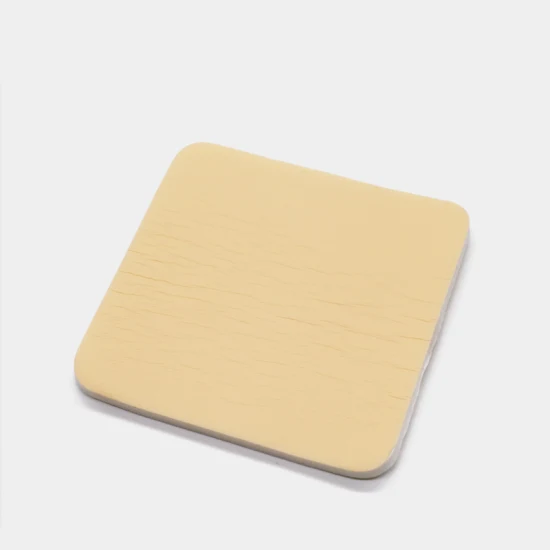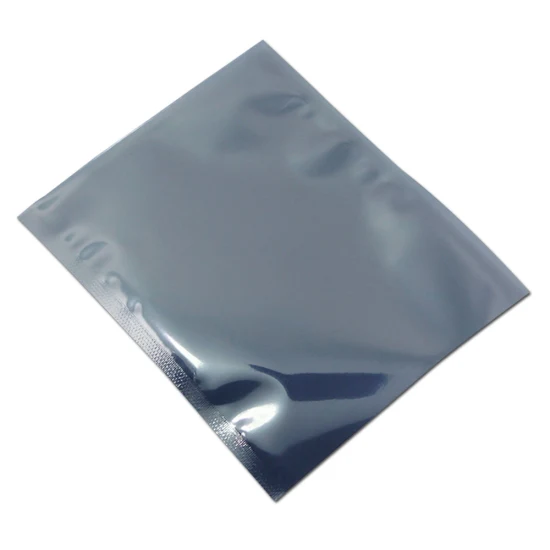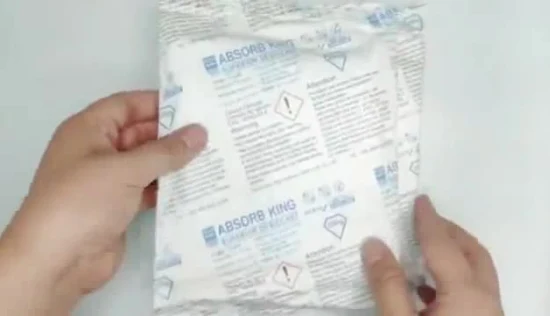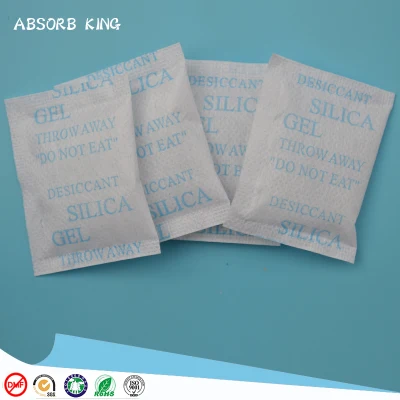
Medical Wound Dressing, Foam Dressing, Sterile Hydrophilic Waterproof Pads, Highly Absorbent
Description
Basic Info.
| Model NO. | 4"x4"(10cmx10cm) |
| Material | Foam |
| Lead Time | 35 Days |
| Transport Package | 10PCS/Box |
| Specification | 5cmx5cm, 10cmx10cm |
| Trademark | OEM |
| Origin | China |
| HS Code | 3005109000 |
| Production Capacity | 50000PCS/Day |
Product Description
| Medical Wound Dressing, Foam Dressing, Sterile Hydrophilic Waterproof Pads, Highly Absorbent |
PU Foam Dressing is mainly composed of polyurethane foam and polyurethane film.
Features:
High absorbent
Promote wound healing faster
Reduce pain
Create a moist environment
Intended use:
Foam dressings are mainly used for surface wound coverage,keeping wound moist,absorbing wound exudates,providing physical barrier and helping to prevent infection.
Directions:
1. Before using dressing:clean the wound and surrounding skin according to the hospital's instructions. Note: If the skin around the wound is very fragile or may be exposed to wound exudates, skin protective film can be used around the wound. Make sure the skin protective film is dry before using the wound dressing. According to the different wounds, choose the appropriate size of dressing, according to the needs of dressing can be cut to adapt to the shape of the wound.2.Open the package and remove the dressing. Adhesive bordered dressing, remove release paper, orient the adhesive side toward the skin, cover the wound with the middle foam dressing gently,and smooth the tape around until it is fully applied to the skin, avoid the sticky part covering the wound; non-adhesive with PU film dressing, medical PU film backing is facing away from the skin, foam is facing the side of the wound or skin, if necessary, using pressure dressing fixed dressing; non-adhesive without PU film dressing, directly covering the wound, if necessary, using pressure-type dressing fixed dressing.3. It is recommended to replace dressings 24 hours a day. The following factors should be taken into account when changing dressings: often observe the dressing location, when the wound exudates to the edge of the dressing, or the dressing leakage, should be replaced in time. The frequency of dressing replacement depends on the type of wound, amount of exudate and clinical condition, or on the treatment procedure.4.To remove the dressing, use tweezers, forceps or a gloved hand to gently peel off the dressing from the wound.
Our Contact






